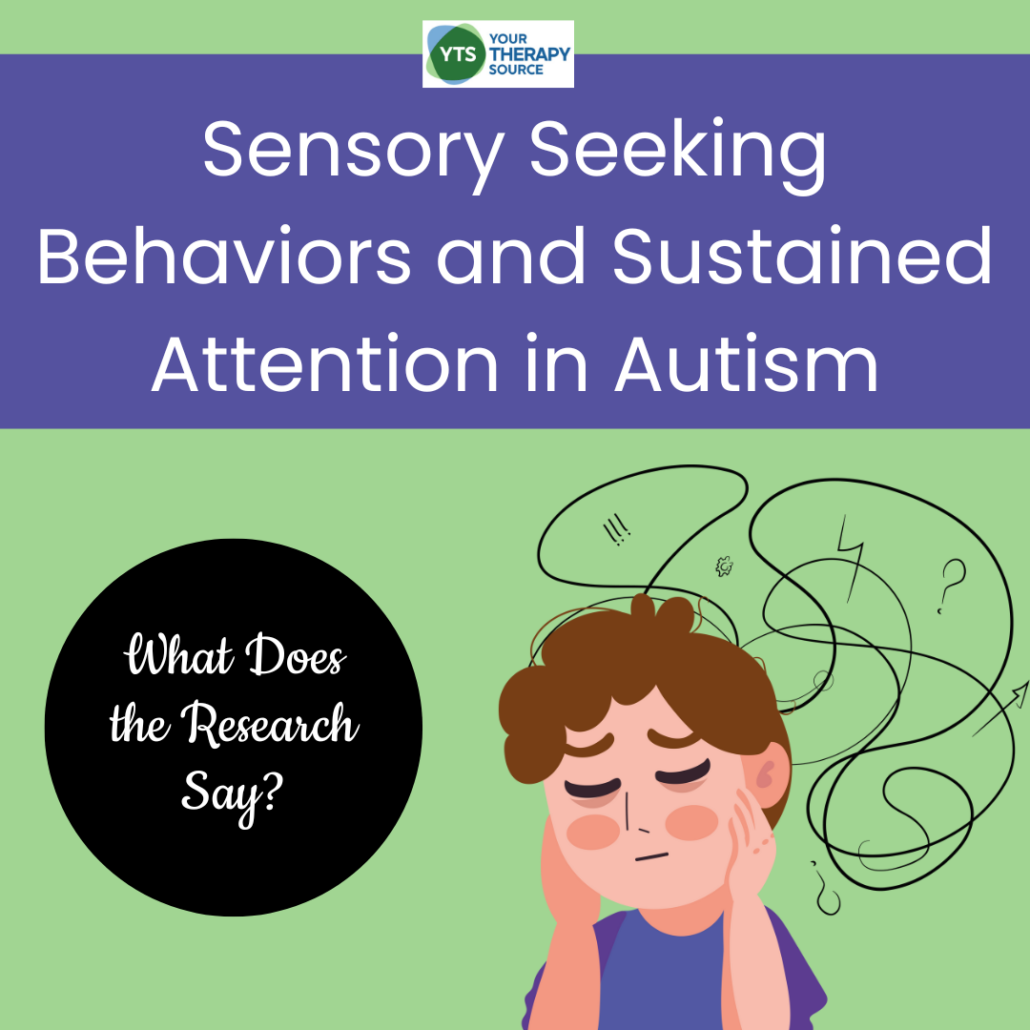Sensory Seeking Behaviors and Attention Span in Autism
Sensory processing differences, including sensory seeking behaviors, are a core feature of autism spectrum disorder. Many autistic individuals actively seek out sensory input such as movement, textures, sounds, or visual patterns to regulate their experience of the world. While these behaviors can provide self-regulation and comfort, recent research suggests they may also impact cognitive functions, particularly sustained attention. A recent study explored the relationship between sensory seeking behaviors and attention span in autistic adults, revealing key insights into how sensory processing influences focus and cognitive engagement. These findings can help individuals with autism, occupational therapists, educators, and parents better understand the challenges and strengths of autistic individuals in maintaining attention.
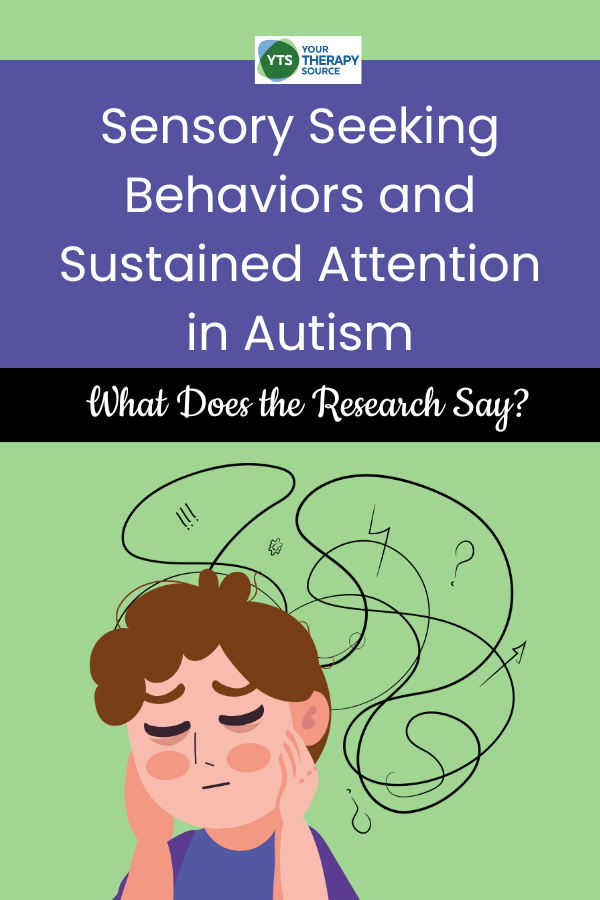
What Are Sensory Seeking Behaviors?
Sensory seeking behaviors occur when individuals actively engage with sensory input to fulfill their neurological needs. These behaviors may include:
- Repetitive touching of textures
- Seeking movement through rocking, spinning, or jumping
- Engaging in deep pressure activities, such as squeezing or pushing against objects
- Making vocal noises or humming for auditory stimulation
- Watching visually stimulating patterns, like spinning objects or flashing lights
For autistic individuals, sensory seeking can be a way to self-regulate in overwhelming or under-stimulating environments. However, it may also interact with cognitive functions, including attention and focus.
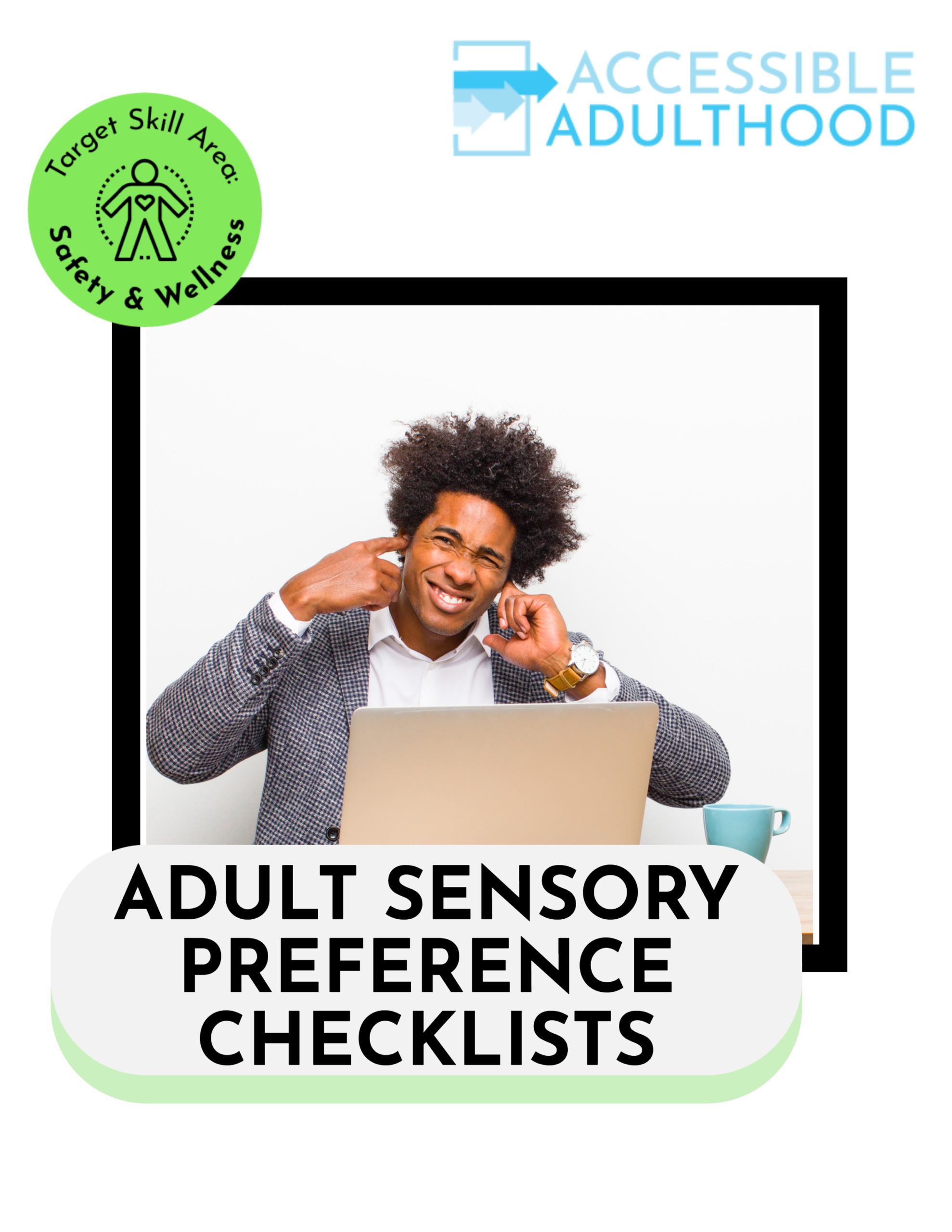
Adult Sensory Processing Preferences for Roommates
Selective Versus Sustained Attention
Attention is a critical cognitive function that allows individuals to process information efficiently. It can be divided into two key types:
- Selective attention refers to the ability to focus on relevant stimuli while ignoring distractions.
- Sustained attention refers to the ability to maintain focus on a task over an extended period.
Difficulties with attention are common in autism spectrum disorder, and previous research has suggested that autistic individuals may struggle with sustaining attention over time. However, studies on attention in autistic adults have been limited, making it important to understand how sensory processing influences attentional abilities across different age groups.
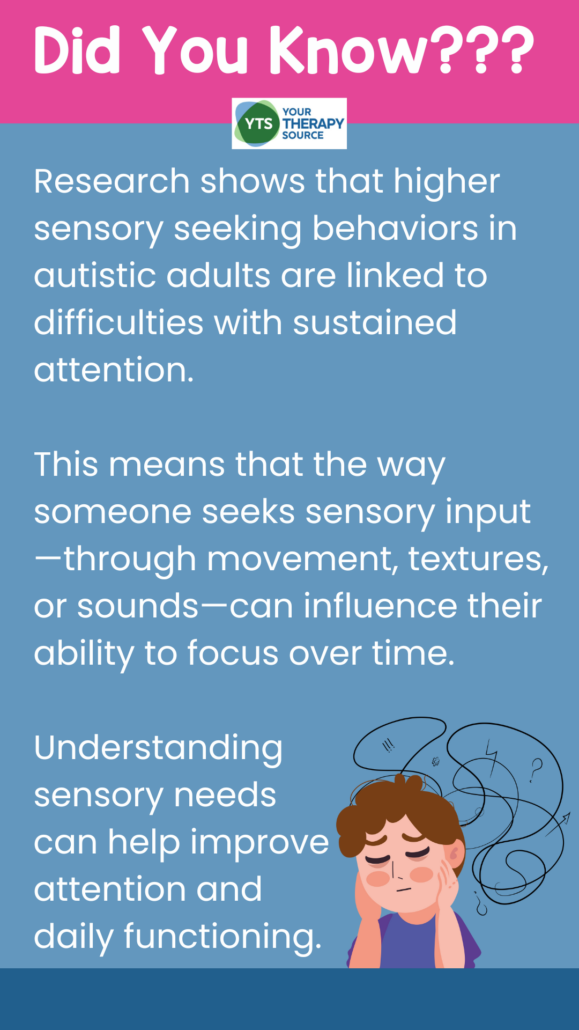
What Does the Research Say?
A recent study investigated how sensory seeking behaviors influence sustained attention in autistic adults. Researchers compared 28 autistic adult males with 23 typically developing adults, assessing attention using a gradual-onset continuous performance task. This task was designed to measure sustained focus over time.
Key findings from the study include:
- Autistic adults performed similarly to typically developing adults in sustained attention tasks.
- However, higher sensory seeking behaviors were linked to poorer sustained attention in autistic adults, but not in the control group.
- This suggests that sensory seeking may interfere with top-down attentional control, making it harder for autistic individuals to maintain focus.
- Attention lapses were also correlated with difficulties in social communication and interactions.
These findings highlight a unique relationship between sensory seeking and attention in autism spectrum disorder, emphasizing the need for tailored strategies to support focus and cognitive engagement.
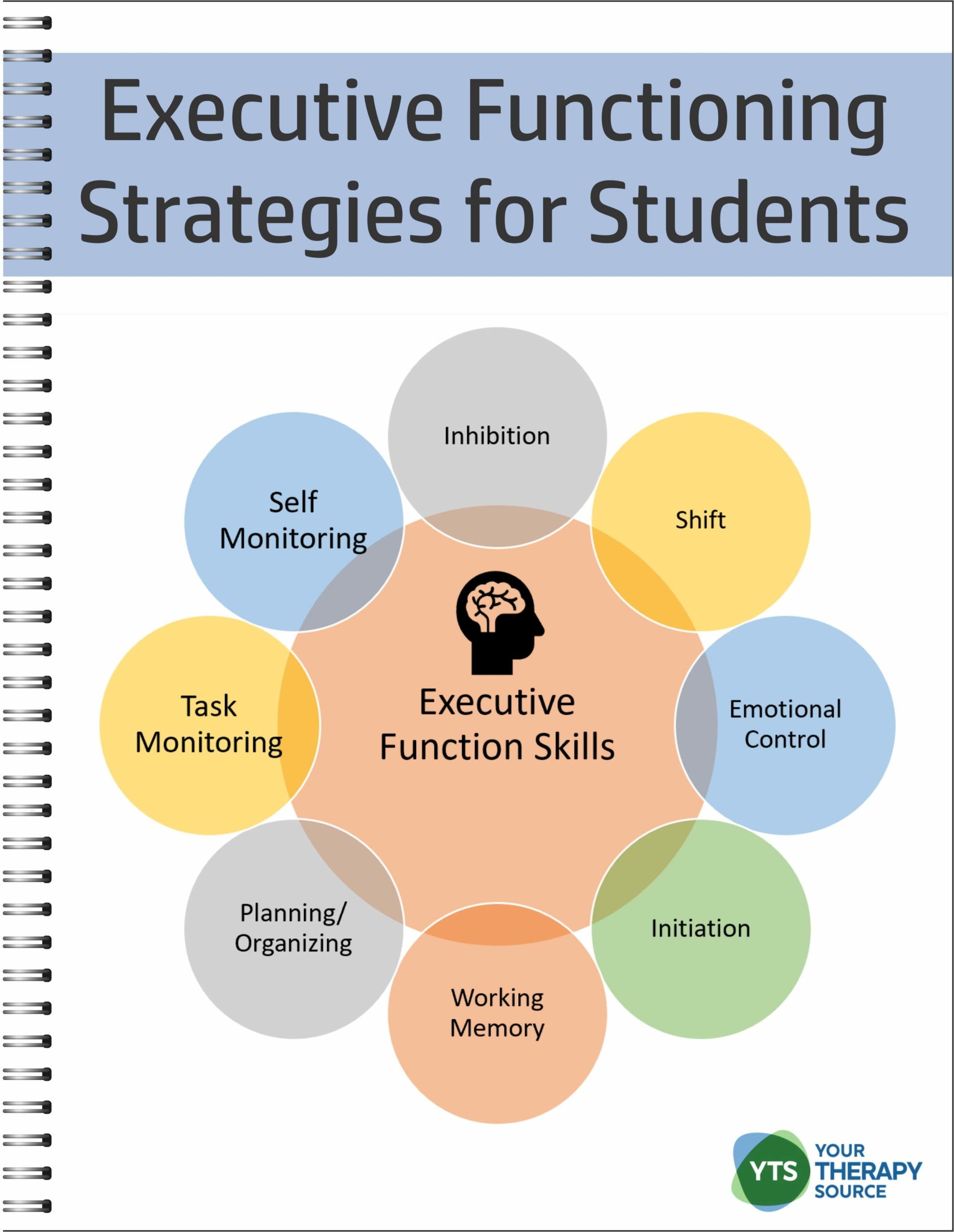
Executive Functioning Strategies for Students
Key Points About Sensory Seeking Behaviors and Attention Span
The study provides important clinical takeaways for occupational therapists, educators, and caregivers working with autistic adults. By considering these factors, professionals and caregivers can create more supportive environments that enhance attention and cognitive engagement for autistic individuals. Key considerations include:
- Recognizing individual sensory profiles, as sensory seeking behaviors may impact attention differently in each individual
- Providing structured sensory input such as sensory breaks, fidget tools, or deep pressure activities to help regulate attention
- Adjusting environmental stimuli by creating workspaces with controlled sensory input to reduce distractions and support sustained focus
- Using active engagement strategies such as incorporating movement-based learning, alternative seating like wobble cushions, or hands-on tasks to maintain engagement
- Monitoring task complexity and duration to prevent attention fatigue, particularly in individuals with high sensory-seeking tendencies
- Understanding attention lapses in social interactions and tailoring support strategies for autistic individuals accordingly
Related Posts
- Supporting Sensory Processing in Children with Autism
- Autism Teaching Strategies
- Sensory Activities for Autism
- Strategies to Help with Attention Span
Reference
Itahashi, T., Aoki, R., Nakamura, M., Ohta, H., & Hashimoto, R. I. (2025). Sensory seeking and its influence on sustained attention performance in adult males with Autism Spectrum Condition. Scientific Reports, 15(1), 4047.
